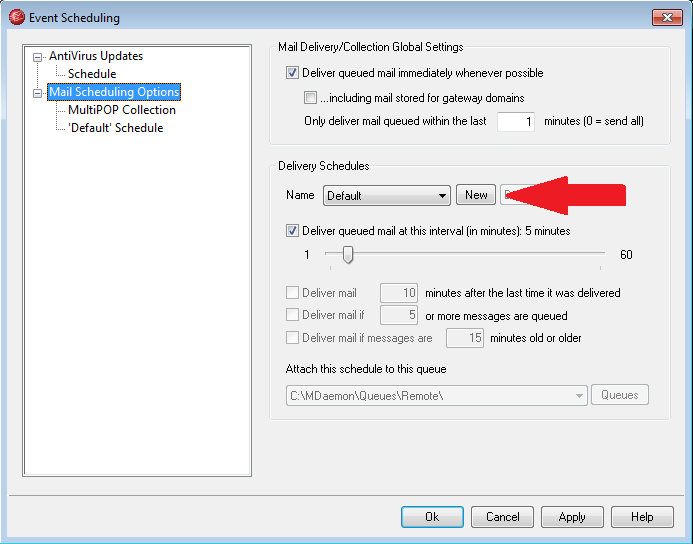


Make sure that the SMTP and SMTPSVC entries are added correctly to the machine account by using the SetSPN tool.

Verify that the Service Principal Name (SPN) for SMTPSVC is registered correctly on the target server. All clocks should be synchronized to within 5 minutes of one other.įorce replication between domain controllers to see if there is a replication issue. To resolve this issue, follow these steps:Ĭheck the clock on both servers and domain controllers that might be used to authenticate the servers. The required TCP/UDP ports for the Kerberos protocol are blocked by the firewall.The Exchange server is experiencing Service Principal Name (SPN) issues.There is a replication issue between the domain controllers.The Exchange server is experiencing Time synchronization issues.The issue can be caused by one of the following reasons: Exchange servers require authentication to route internal user messages between servers. This issue occurs if the Exchange server can't authenticate with the remote Exchange server. The source IP address of the client who tried to authenticate to Microsoft Exchange is. The authentication mechanism is ExchangeAuth. Either there are no alternate hosts, or delivery failed to all alternate hosts.Īdditionally, you may find the following error message in the Application log file on the Exchange server that is receiving the e-mail message:Įvent Type: Error Event Source: MSExchangeTransport Event Category: SmtpReceive Event ID: 1035 Description: Inbound authentication failed with error IllegalMessage for Receive connector Default. If you open the Queue Viewer tool from the Toolbox node on the Exchange Management Console, the Last Error field displays an error message that resembles the following:Ĥ51 4.4.0 Primary target IP address responded with: "454 4.7.0 Temporary authentication failure." Attempted failover to alternate host, but that did not succeed. In an Exchange server environment, some e-mail messages are stuck in a remote delivery queue that should have been transferred to another internal Exchange server in the Exchange organization.


 0 kommentar(er)
0 kommentar(er)
